Speaking of portable power stations, have you ever been out in the woods, watching your phone battery tick down to 1% with no plug in sight for miles? Or maybe you've been in a black house after a storm, wondering when the power would be restored and how long the fridge would stay cool?
These scenarios are exactly when a portable power station becomes your best friend. But the point is, not all portable power stations are the same. So, how do you pick the right one? Read on. We'll walk through the must-have features of a great portable power station. By the end, you'll know exactly what to look for (and what to avoid).
What Is a Portable Power Station?
Let's start with the basics, a portable power station is essentially a giant rechargeable battery pack — only much more powerful. Picture a generator that doesn't need fuel, doesn't give off fumes, and, makes zero noise. It stores electricity in its internal batteries, and you can recharge it at home from a common household outlet, in the car with a 12V adapter, or with solar panels (if it's set up for that). Once recharged? You can charge almost anything: phones, laptops, cameras, mini fridges to chill your camping snacks, a fan to keep the heat at bay, or even small power tools.
This is how it works: There is a battery pack within a portable power station that holds energy in the form of direct current, or DC. When you plug something in, the portable power station converts the DC electricity into alternating current, or AC — the same kind of power that your home outlets give off and ta-da! Your devices start charging.
Unlike conventional generators, these power stations are quiet, lighter, and easy to carry around. That is why they are perfect for camping, RVing, and home backup power during emergencies. To select the best one? Piece of cake. Think about when and where you'll need it, and then look for features that suit your lifestyle!
Key features to Look for When Choosing a Portable Power Station
Don't know where to start? Let's break down the most important features, with simple examples to help you pick a portable power station for your needs.
Battery Type: LiFePO4 vs. Lithium-Ion
The battery is like a portable power station's engine. It determines how long it lasts, how safe it is, and even the costs. There are two main types, and each shines in different scenarios.
Lithium-ion batteries: You know them already — they are in your phone, tablet, laptop, and most small electronics. They weigh less and can deliver more energy storage for a given size and weight. And, they tend to be less expensive.
Best for: Occasional use, like weekend camping trips and RVing. Or, just have it as a backup power source in case of emergency.
LiFePO4 batteries: These are tougher and longer-lasting. Even though they are slightly heavier than lithium-ion batteries, they perform better in extreme heat or cold temperatures and are less likely to overheat or catch fire. And, they are able to supply more power when needed. Furthermore, they do not contain toxic heavy metals, making them a more eco-friendly choice!
Best for: Frequent use, like staying off-grid for weeks, road trips, or remote work.
Wattage and Watt-Hours: Not the Same
These two terms sound similar, but they are not the same. And both are critical to avoid "oops, it won't run my fridge" moments.
Wattage (W): It measures the amount of power it can provide at once. Can it handle your devices when they're turned on? There are two numbers to check. First, the surge wattage, which is the higher power output a power station can handle for a short period, typically when you turn on devices. For example, your 300W blender can surge to 600W if you turn it on. Continuous wattage, on the other hand, tells you the amount of power your station can provide continuously.
Watt-Hours (Wh): It indicates how much "fuel" it contains. Think of it as your power station's "tank size". A 200Wh station holds enough power to charge your phone 20 times, whereas a 1,000Wh one can keep your mini fridge running for a day. So, do the math and don't overbuy!
Output Ports: Make Sure It Fits
Think of a portable power station like a bigger version of your power bank. You'll want to consider how many ports it has and what types they are. Here's what to look for:
AC outlets: These are designed for devices like fans and mini fridges. Most portable power stations feature 1-3 AC outlets, but the more is better for group trips. No fighting over who charges first!
USB ports: USB-A works for older phones or cameras, while USB-C is more versatile for newer devices. It charges faster too, which is a lifesaver when you're in a hurry.
DC ports: These are for car gadgets or devices that you plug into your car.
Solar input: If you want to recharge with solar panels, look for ones with solar input ports.
Portability: Weight and Size
Portability matters. Bigger capacity means more power, but it also means more heft. Here’s a quick reality check:
100–300Wh: 2–5 lbs, similar to a small toaster. You can easily toss it in a backpack.
500–1,000Wh: 10–20 lbs, like a small suitcase. Still easy to carry around, especially if it has a handle.
2,000Wh+: 30+ lbs, comparable to a small microwave. Better for RVing or home backup.
Recharge Time and Options: How to Refuel It
A power station is only useful if you can recharge it easily.
Wall outlet: Fastest. A 500Wh station takes 4–6 hours to fully charge. Some models with fast recharge capabilities hit 80% in 2 hours (great for last-minute trips).
Car charging outputs: Handy on road trips, but slower (8–12 hours for a 500Wh model). Good for topping up while driving.
Solar panels: Perfect for off-grid trips. A 500Wh station with a 100W panel takes 8–10 hours to charge on a sunny day (add 2–3 hours if it's cloudy).
Bonus feature: "Pass-through charging" lets you use the station while it's recharging, which is great for campsites with outlets.
Safety Features: Protect Your Gear and Yourself

A good portable power station should guard against accidents. Look for these non-negotiables:
Overcharge protection: Stops charging when the station is fully charged.
Overload protection: Your portable power station shuts down if you plug in too much (prevents overheating).
Short-circuit protection: Cuts power if something goes wrong (like a wet port).
Over-temperature control: The station turns off if it gets too hot (critical for sunny days or in closed cars).
Extra peace of mind: LiFePO4 batteries are safer by design, but always check for certifications like UL or CE—they mean the station meets global safety standards.
Look and Feel: Small Details That Matter
Don't overlook the small stuff. They can make a big difference.
Rugged design: If you're using it outdoors, go for models with water resistance — IP54 or higher is good. That way, it can handle splashes or light rain without issues. Some even have drop resistance, so a little bump or fall won’t take it out.
Comfortable handle: A good handle might seem small, but it makes a big difference when you're hauling your power station around. Look for rubber or metal handles. Rubber ones are soft enough that they won't dig into your palm if you're carrying it for a while, and metal handles are sturdy enough to hold even heavier models without bending.
Easy-to-read screen: A clear screen that shows remaining charge, charging speed, charging status, and more ensures you stay informed and never get caught off guard with a dead portable power station.
A portable power station isn't just a "nice-to-have" — it's a lifesaver when you're off the grid, stuck in a blackout, or just need to keep your gear running on the go. And picking the right one? It all comes down to matching features to your life.
If you're a weekend camper who needs to keep your phone, tablet, and a mini fan running, a lightweight model with a couple of USB ports and enough juice for the trip is all you need. But if you're hitting the road for weeks at a time, or you want something you can really count on when power goes out, splurging on a high-capacity LiFePO4 battery model is worth it.
At the end of the day, the best portable power station is the one that fits your needs — no more, no less. And if you're ready to start shopping, check out Pisen portable power stations!
Related Reading: Portable Power Station Buying Guide: Outdoor Tips, Benefits & Precautions

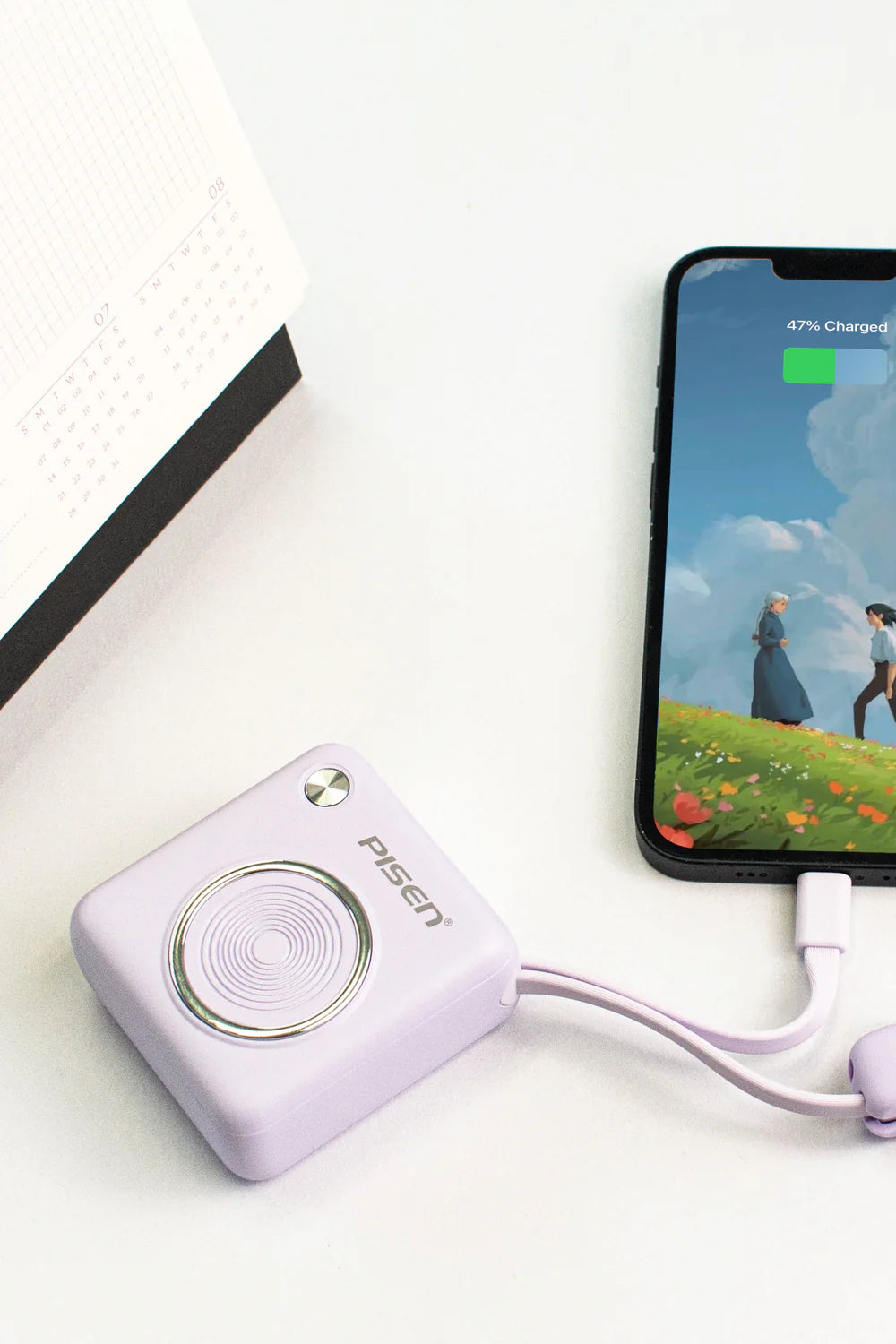
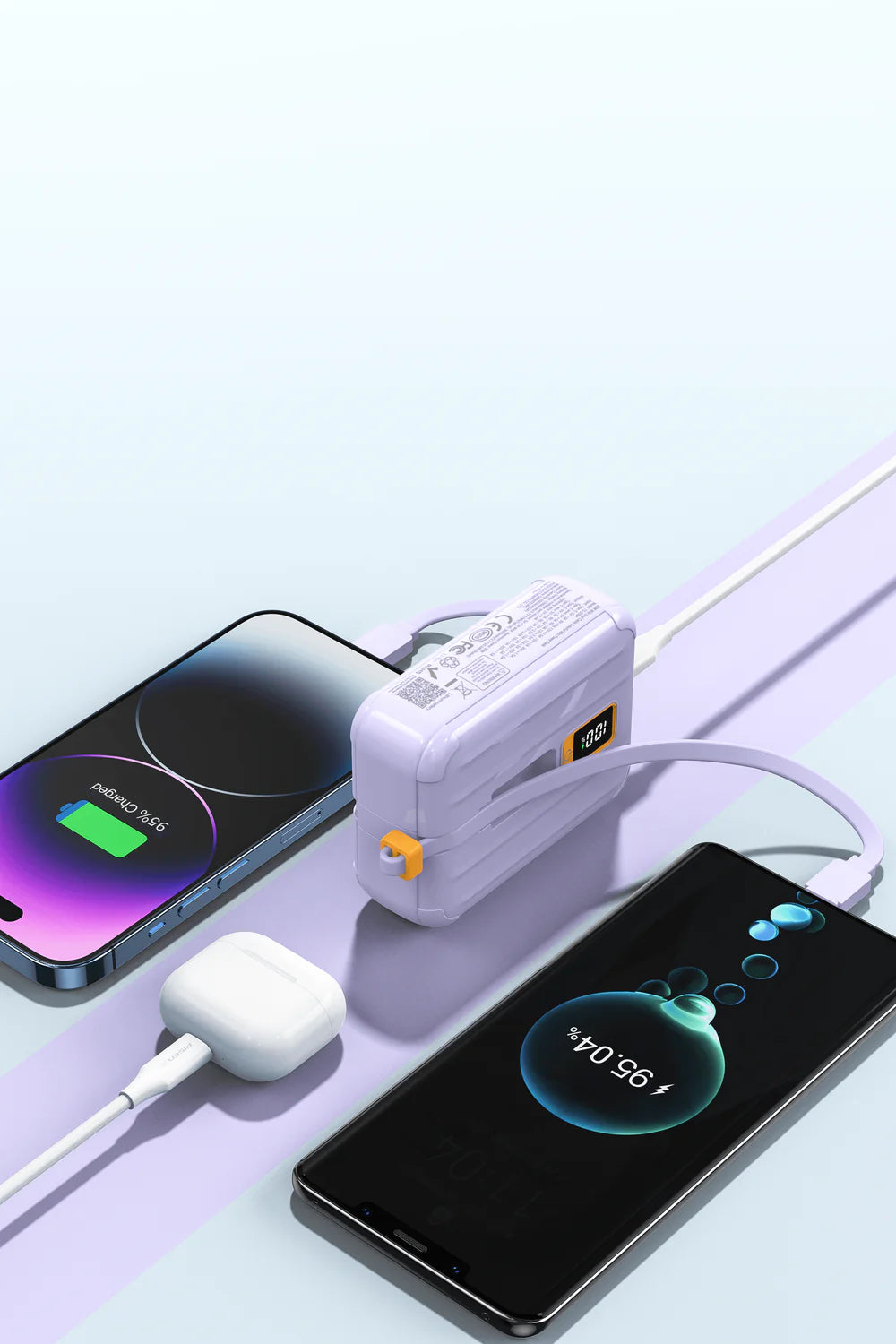
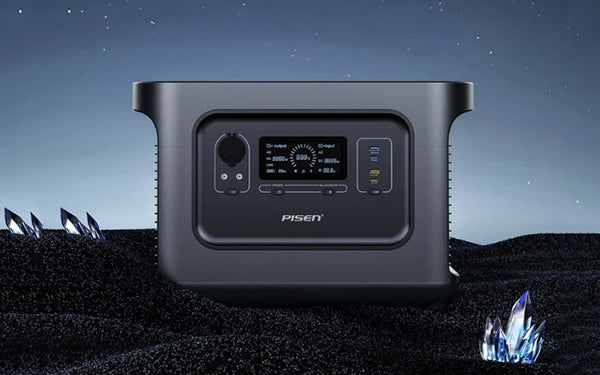
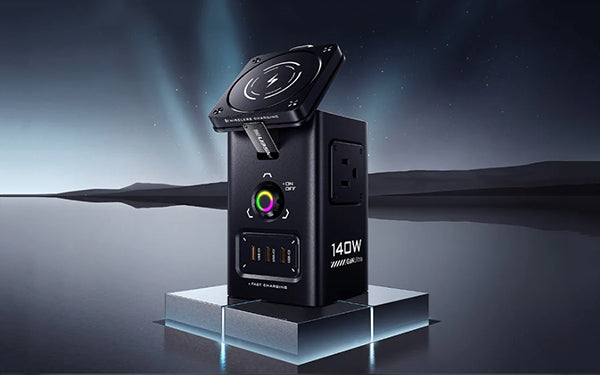
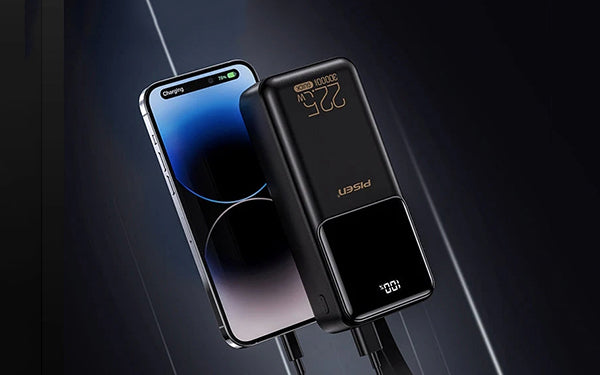
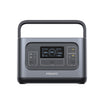
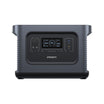
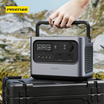
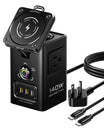
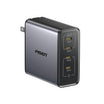
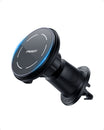




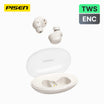


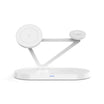
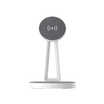
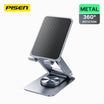
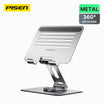
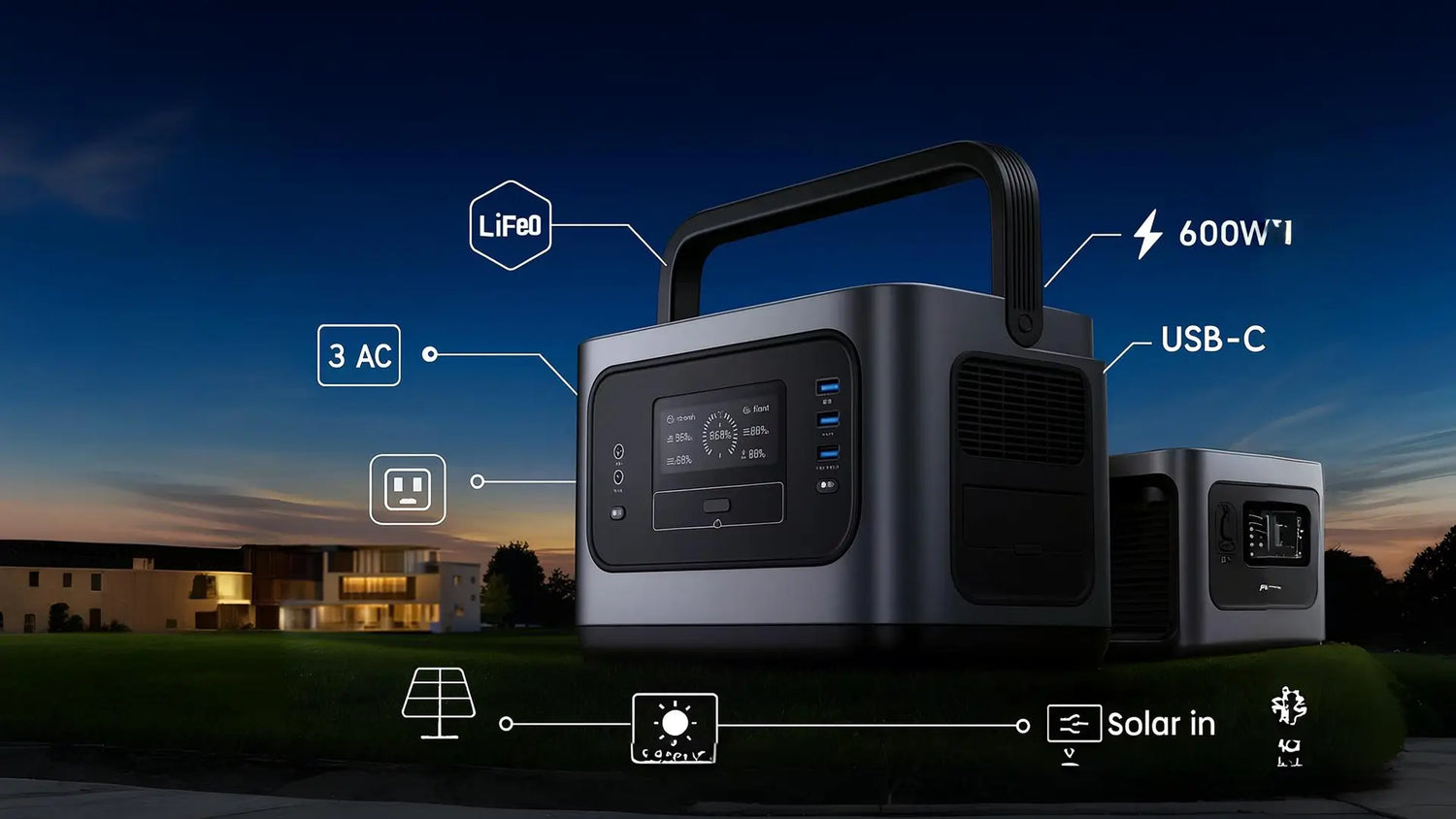
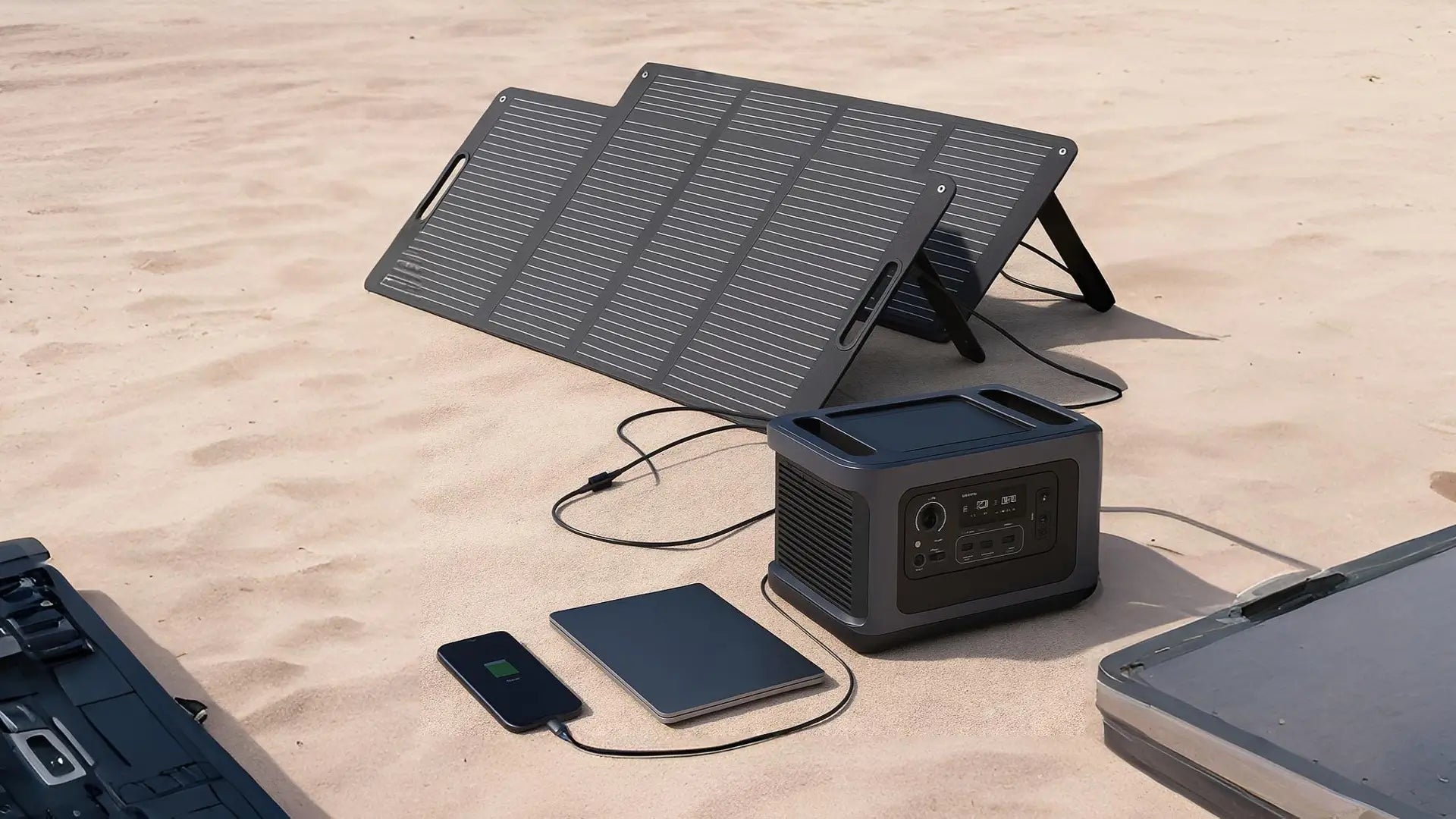
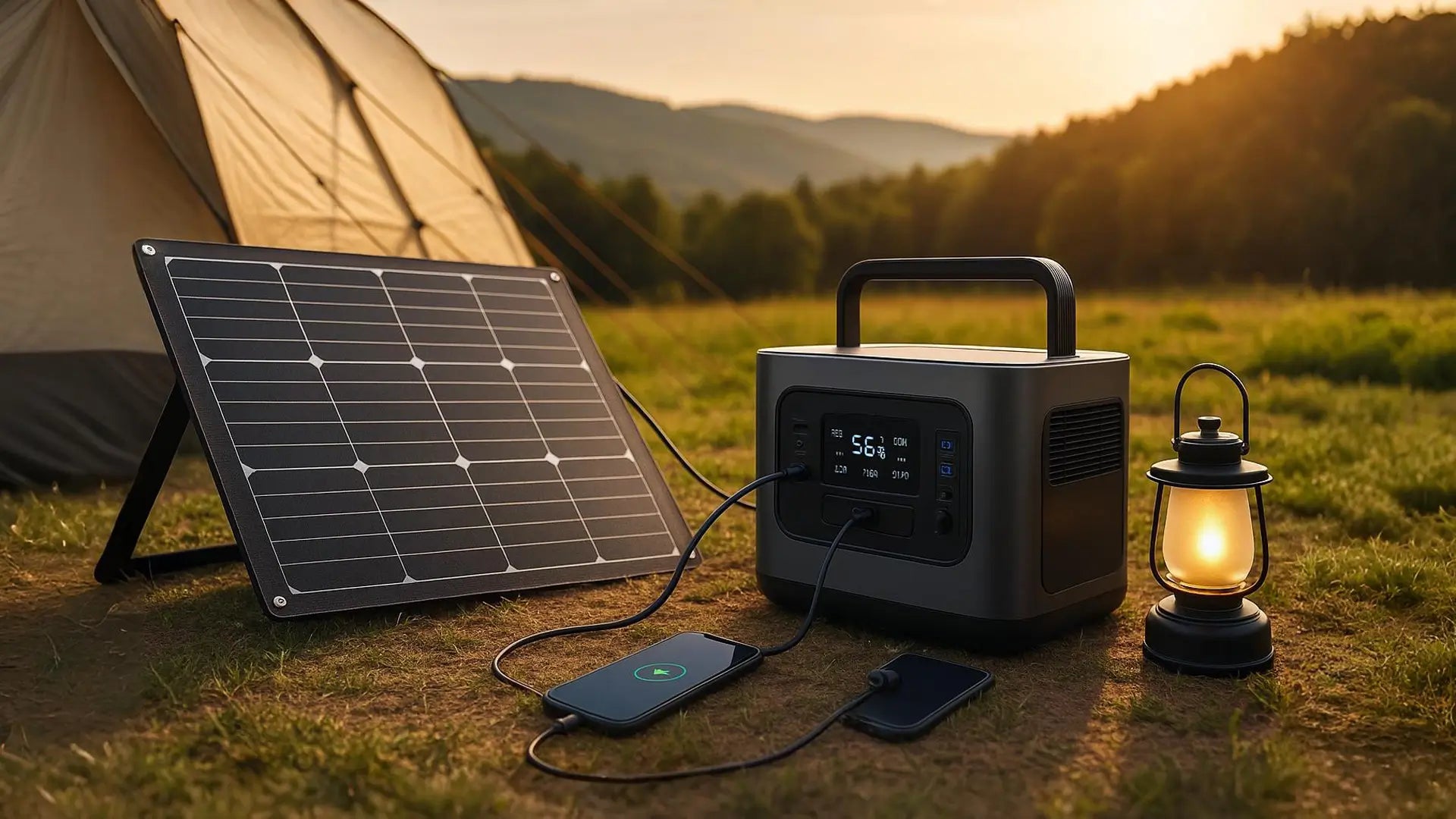
Leave a comment
This site is protected by hCaptcha and the hCaptcha Privacy Policy and Terms of Service apply.